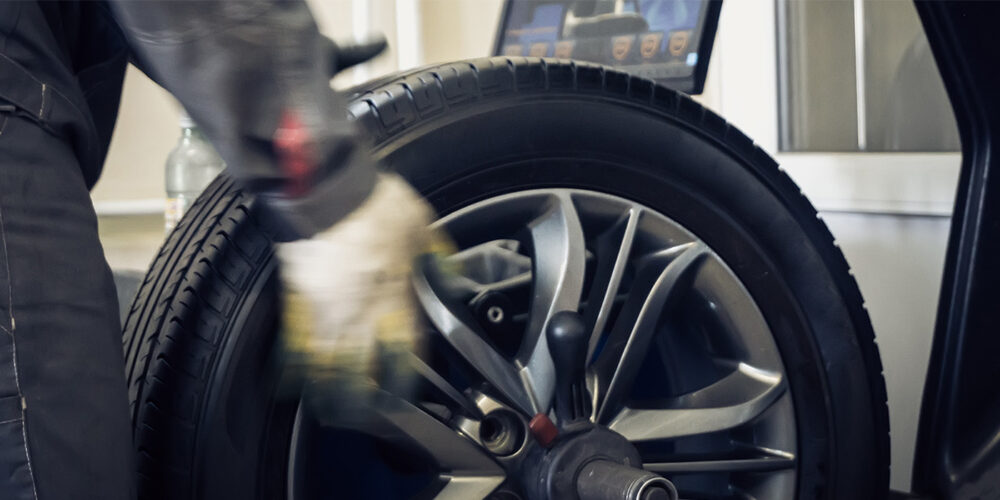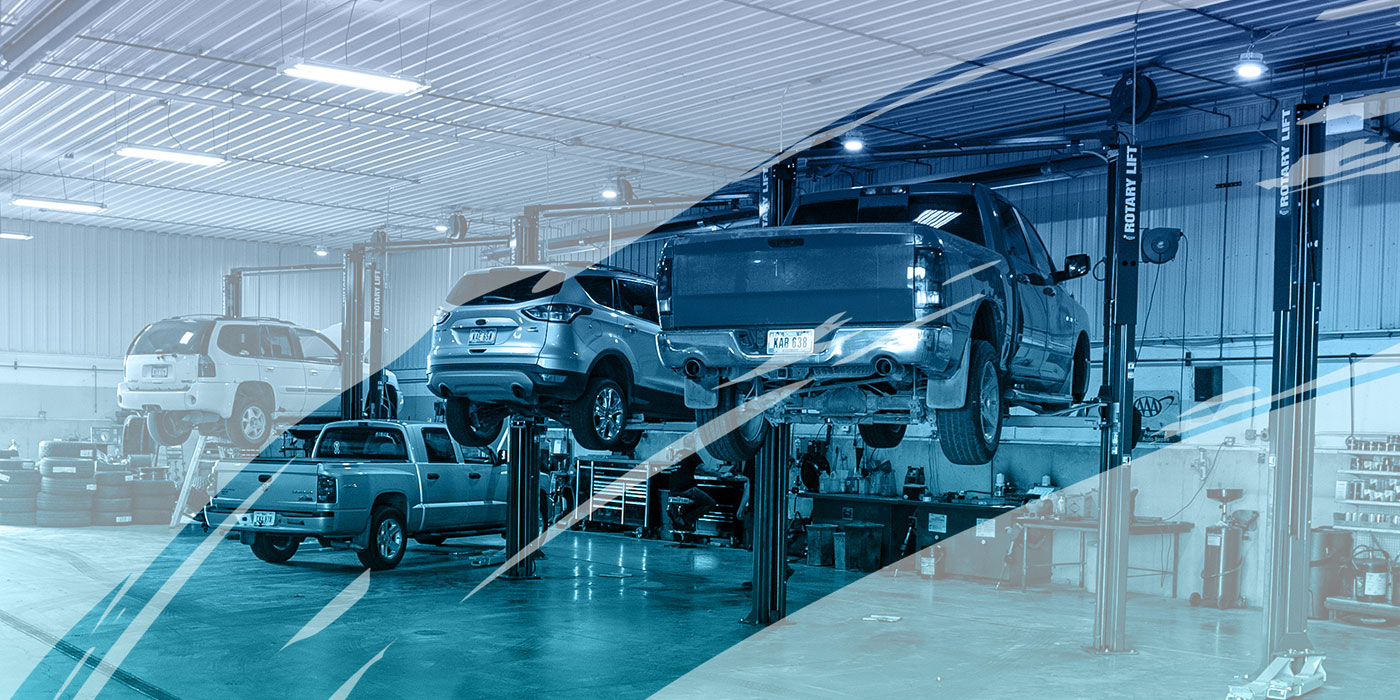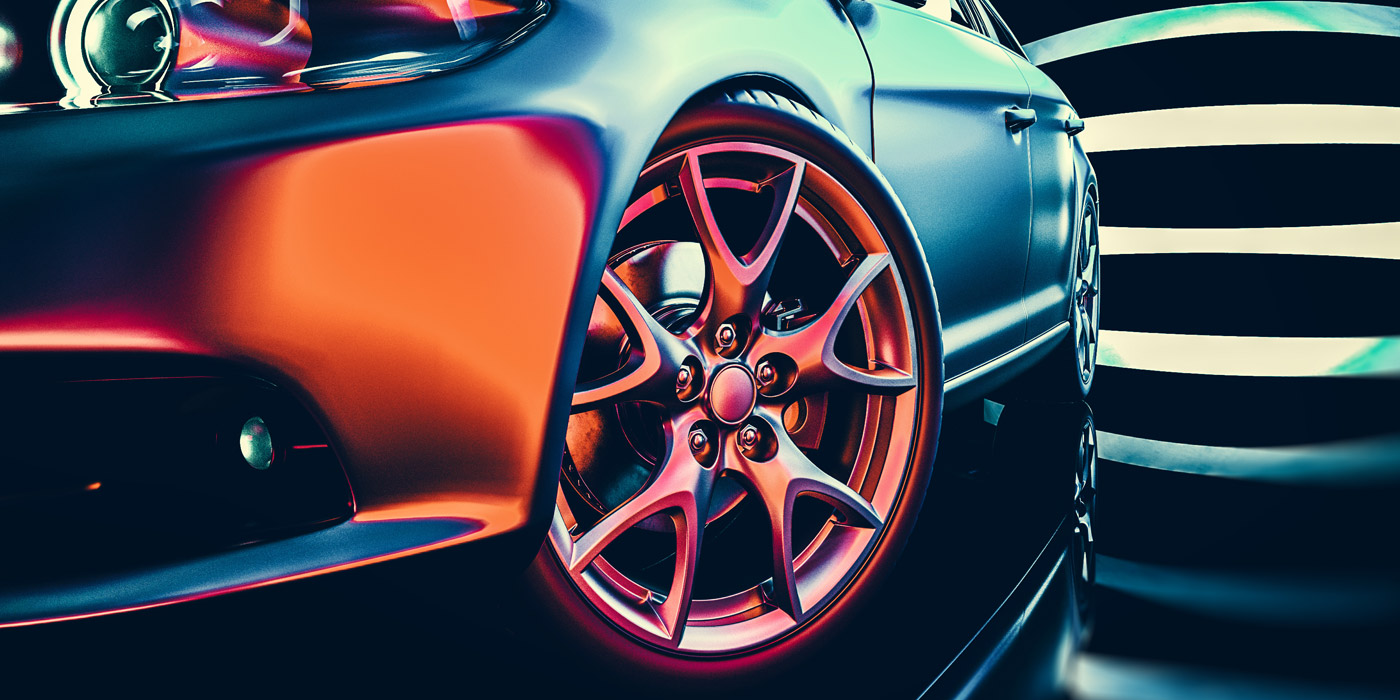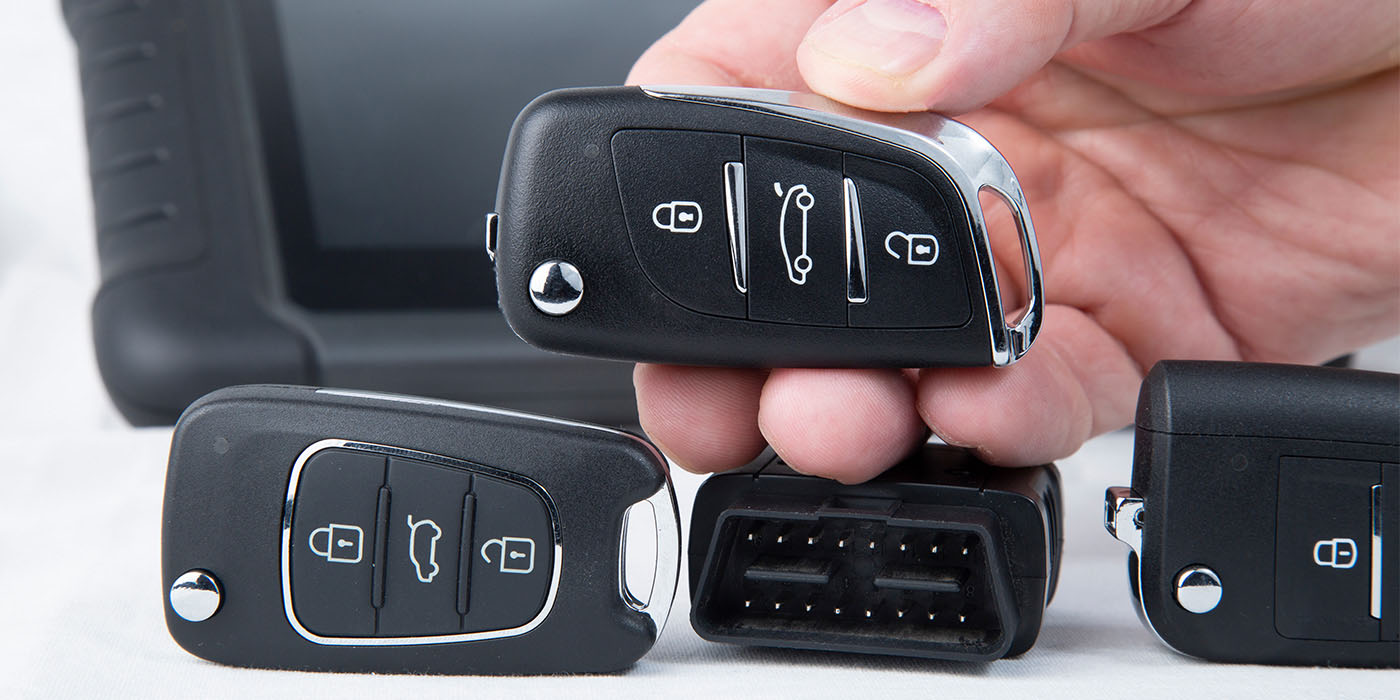We all have those “special tools” in our toolboxes. It might be a large wrench that has been ground down on a bench grinder, or a length of threaded rod purchased at a hardware store. But beware, if you continue to use them, these homemade solutions might cost you a lot more than they are worth.
In the case of ground down wrench, the strength of the wrench could be compromised and when it is put to the test, it could slip and damage the flats on the inner tie rod. Also, the wrong wrench can put stress on the outer seals of a steering rack. In either case, you’re looking at lost productivity while you wait for the tool truck to deliver the right tool. Or, you could be waiting for the parts store to drop off more parts.
Special Suspension Tools and Procedures
Most late-model vehicles have more complicated suspensions compared to just a decade ago. OEMs are using more aluminum components. The power steering is now electric. Also, more vehicles have all-wheel-drive. All of these changes mean special pullers, wrenches and kits. It also means that your “calibrated elbow” torque wrench should be replaced with a real torque wrench and a way to measure torque angles.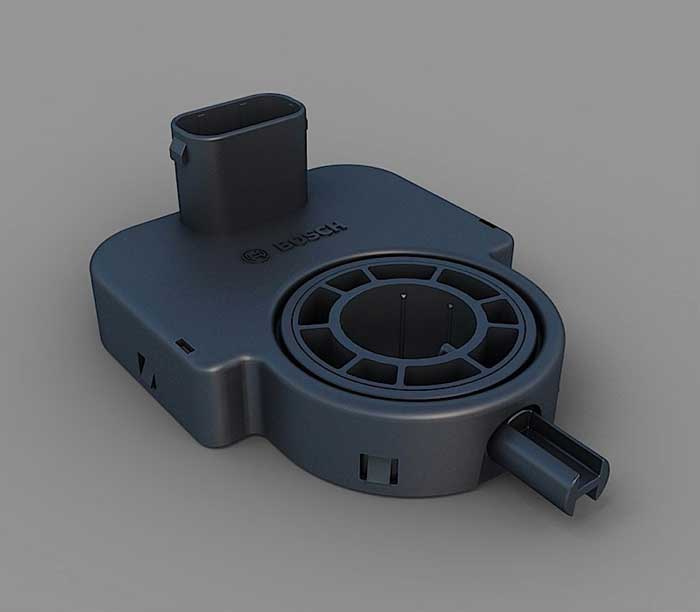
The best example of this is the front suspension for the 2006-2011 Dodge Charger. This everyday suspension shows if you don’t have the correct knowledge and tools, you could quickly get into trouble.
The upper and lower ball joints on this suspension are torque to yield (TTY). These fasteners have an initial torque setting of 50 ft.-lbs., and then the nut must be turned an additional 90°. This stretches the stud so that clamping forces do not change over time.
An overzealous technician and a 1/2” impact wrench running off shop line pressure of 110 psi can easily generate 120- to 130-ft.-lbs. of torque. Unfortunately, the stud can be stretched past a certain point and then the fastener loses its elasticity and breaks.
While the upper ball joint is part of the upper control arm, the lower ball joint mounted in the knuckle is serviceable. The ball joint must be pressed out of the knuckle. Due to the shape of the base, using a c-clamp with universal receiving tubes and cups can be difficult but not impossible. Master ball joint kits may include support clamps that can stabilize the c-clamp and tubes. Using the correct tools can save time and prevent damage to the boot of the ball joint.
Another trend in modern suspensions is the use of large hydraulic bushings on control and radius arms. These bushings have oil-filled chambers that displace the oil if the bushing is put under stress and loads.
Some of the housings can be 3” in diameter while the center bore for the bolt might be only a 1/2” in diameter. While it might be possible to find complete assemblies with the bushing installed for some applications, in most cases only the bushing might be available.
Almost every modern stock ball joint, tie rod end and some sway bar links use plastic or composite materials for the socket insert instead of a metal socket. If you spin the stud with an impact wrench to tighten the nut, it could damage the insert. This could result in premature failure of the joint.
On aluminum suspension components, it gets even worse. Once the insert is worn or damaged, the hardened stud will start to bite into the soft aluminum of the control arm. This will lead to catastrophic failure in a short period of time.
The next time you’re tempted to come up with a homemade tool, alter a tool or even use brute force, pick up a tool catalog first. The initial cost of a special tool pales in comparison to the time lost struggling with an improvised solution or using the wrong tool.






